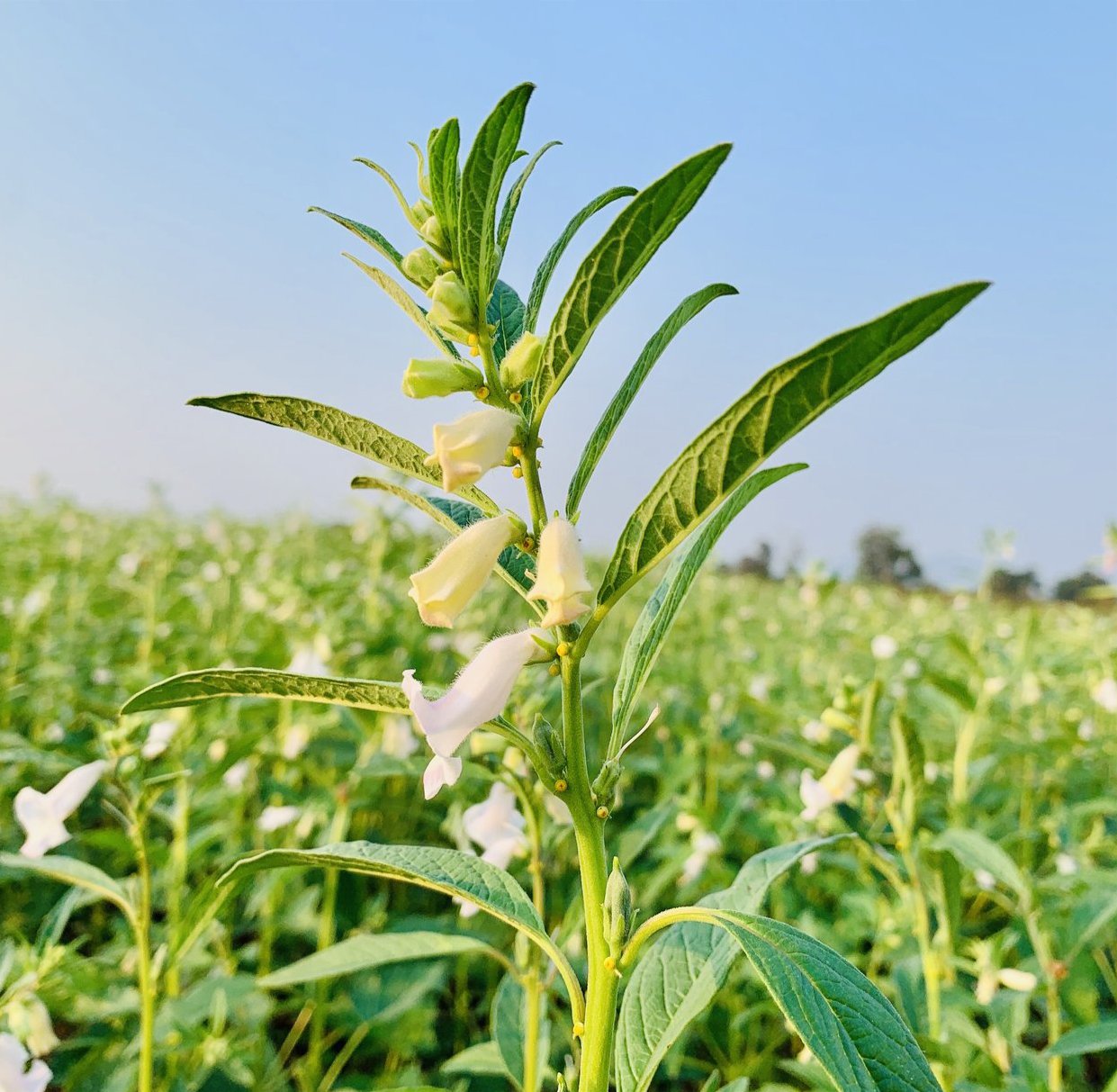In the rapidly evolving agricultural industry, data management and integration have become essential for optimizing productivity and efficiency. To meet these demands, many agricultural businesses are turning to Laboratory Information Management Systems (LIMS) to achieve seamless data integration across their processes. LIMS is a comprehensive software solution that enables the collection organization and analysis of data throughout the entire agricultural value chain, from farm to fork. One of the primary advantages of implementing LIMS in agricultural processes is the ability to streamline data integration. Traditionally, agricultural data is scattered across multiple systems and formats, making it challenging to consolidate and analyze. LIMS centralizes all relevant data, including soil composition, crop yield, environmental conditions and quality control measures, into a unified and standardized format. By doing so, LIMS enables seamless data integration, allowing stakeholders to access and analyze comprehensive datasets from various sources.

With seamless data integration, agricultural businesses can gain valuable insights into their operations and make data-driven decisions. For instance, farmers can leverage LIMS to monitor and analyze real-time data on soil conditions, weather patterns and crop health. By integrating this data, LIMS provides a holistic view of the farm’s performance, enabling farmers to optimize irrigation schedules, implement targeted fertilization plans and prevent disease outbreaks. These informed decisions result in improved crop yields, reduced resource wastage and increased profitability. Furthermore, LIMS facilitates integration across different stages of the agricultural value chain. From seed selection and planting to harvesting, processing and distribution, LIMS ensures that data flows seamlessly between each step. This integration enables stakeholders, such as farmers, agronomists, processors and retailers, to collaborate and share relevant information effortlessly. For example, a farmer can upload data on crop yield and quality to LIMS, click here which can then be accessed by processors to optimize production schedules or by retailers to track the origin and quality of the products they sell.
Moreover, LIMS supports interoperability with other agricultural technologies and systems, such as IoT devices, drones and farm management software. By integrating these technologies with LIMS, agricultural businesses can capture data in real-time, automate data entry processes and enhance data accuracy. For instance, sensor data from IoT devices can be seamlessly integrated into LIMS, providing continuous monitoring of environmental parameters and early detection of anomalies. This integration ensures that data is not only comprehensive but also up-to-date, allowing stakeholders to respond promptly to changing conditions and optimize their operations accordingly. In conclusion, LIMS offers agricultural businesses a powerful solution to achieve seamless data integration across their processes. By consolidating and standardizing data from various sources, LIMS enables stakeholders to access comprehensive datasets, make informed decisions and optimize productivity. The integration across the agricultural value chain promotes collaboration, transparency and traceability, while interoperability with other technologies enhances data accuracy and real-time monitoring capabilities. With LIMS, agricultural businesses can unlock the full potential of their data, driving innovation and sustainable growth in an increasingly data-driven industry.
